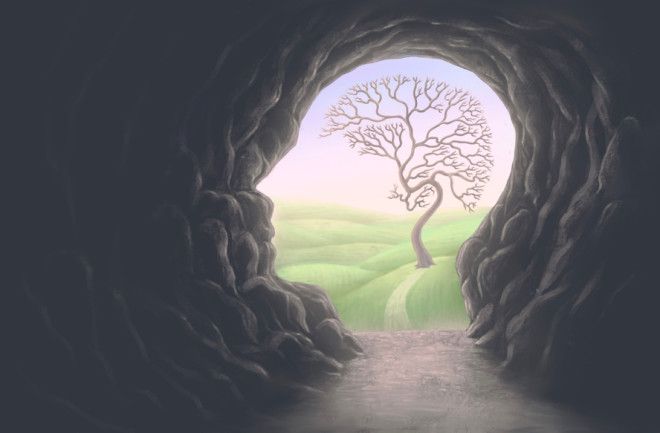I still remember the nightmares I had as a kid — sometimes with vivid clarity. In one recurring dream, for example, my parent’s German Shepherd transformed into a monstrous beast with glistening fangs and glowing eyes. Yet the older I got, the more mundane my dreams became, mostly populated by normal social interactions with friends and acquaintances.
It's no secret that dreams vary wildly in tone and content. What’s more, scientists have found that the different types of dream states — from lucid dreams to nightmares — can be just as varied as our waking states. But how do our dreams change across our lifespan, in general?
“There is surprisingly very little data on this question,” says Patrick McNamara, a neurologist and dream researcher at Boston University School of Medicine. “From one or two studies, it looks like aggressive interactions in dreams tend to decline with age.”
Still, researchers are continuing to dig into the depths of our subconscious to better understand the psychology and neuroscience of dreaming. Here’s what they’ve learned about how our dreams evolve as we age.

